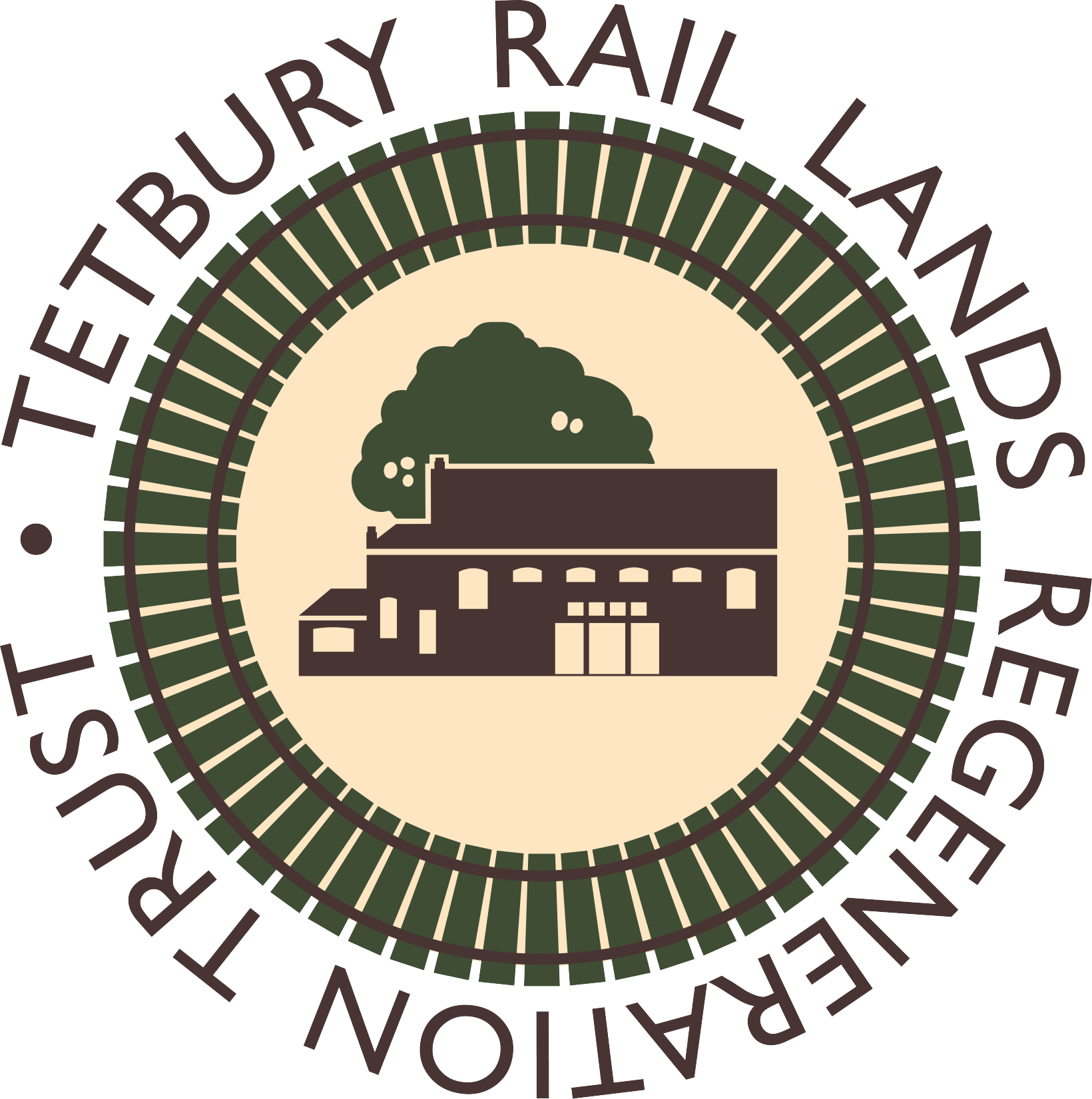
ALTHOUGH THE LINE TO KEMBLE closed more than 50 years ago, Tetbury’s railway heritage lives on in the recollections of those who worked and travelled on the branch. The Goods Shed has been given a Heritage Lottery Grant to collect the memories of those still alive who used the line.
Here is a brief history of the Tetbury branch, together with excerpts from our “Track Tales” video retelling the experiences of people who remember working and travelling on it. Come down to the Shed to view the whole video!
Among the stories you will hear are how the Maharajah of Jaipur used the train to bring his polo ponies to Westonbirt for competitions in the 1930s, and what happened when a farmer moved his whole farm from the Scottish borders to Beverston in 1946.
The video was produced by Hyde Media (www.hyde-media.co.uk) and Carol Paton with drone footage supplied by Integrator Drone Services (www.integratordrones.co.uk).
1889: The line opens
THE FIRST TRAIN to run on the Tetbury to Kemble branch line was on 2 December 1889. It followed a long campaign by local people, led by Col. Nigel Kingscote, to persuade the Great Western Railway that there was a market for a railway service.
Some of the people most opposed to the idea were local landowners, afraid that the railway line would get in the way of their fox hunting! Eventually in 1884, following a Bill in Parliament, GWR agreed to build the line. Five trains were to run each day in each direction
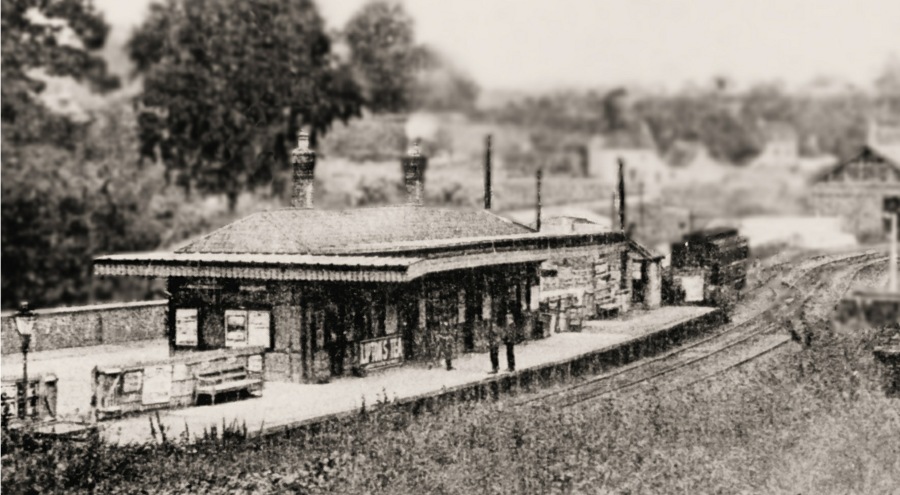
Tetbury Station seen from near Old Rope Walk around 1900, with the Goods Shed in the distance at top right
Cattle, commodities and coal
ONCE THE LINE was agreed, local farmers got together to organise a local cattle market on the Horsepool site next to the station. The first market was held in January 1890, when 120 farmers and dealers took part.
The train was of vital importance to local farmers. It allowed cattle to come to market and to be sent on to their new owners. Milk could be send by train to more customers and feedstuffs brought in.
Two coal companies also started trading from the goods yard in Tetbury. Local businesses thrived.
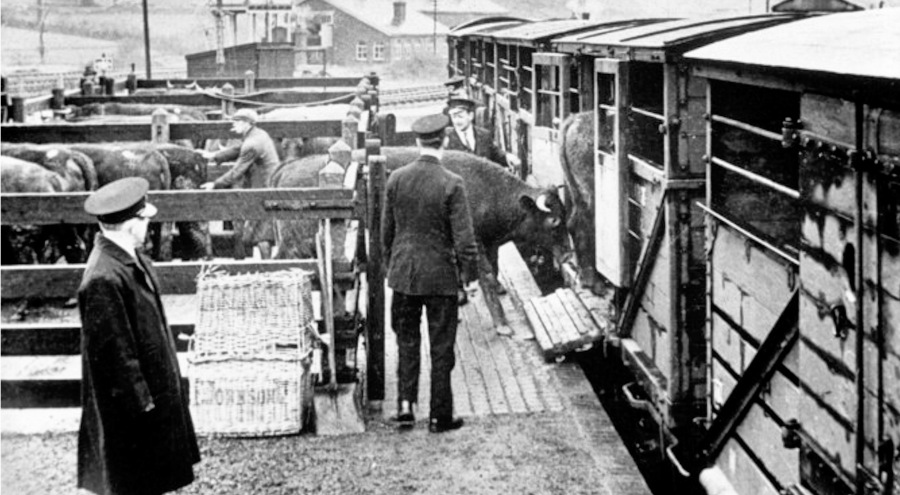
Brian Blackah saw a whole farm arrive from Scotland in 1946
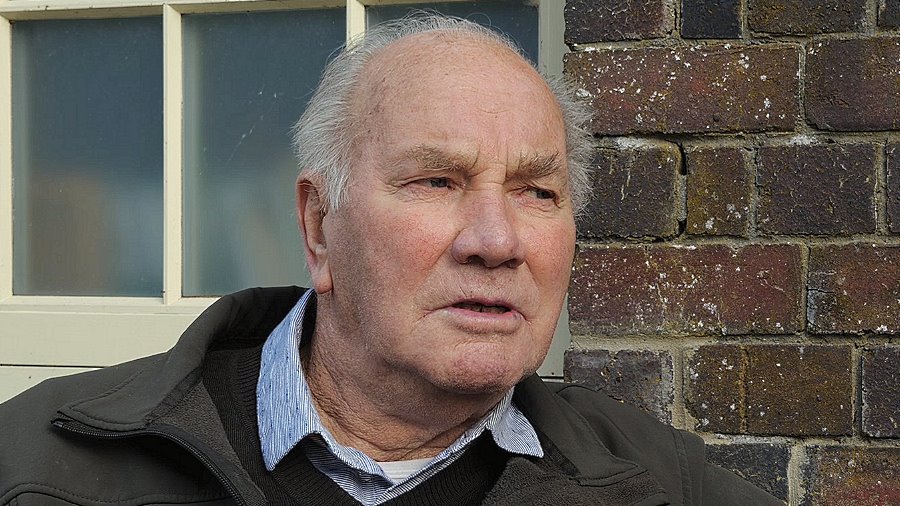
“It came down into Tetbury. Forty-three wagons they brought down. And they unloaded the furniture and they took the furniture up to Beverston Castle on lorries. But when they got up there, they found they couldn’t get in through the archway. So they unloaded all the furniture outside and all the boys and girls in the village and everybody helped them carry it into the castle itself.”
A family affair
Graham Cleaver’s first job was as a cleaner in Tetbury’s engine shed
“I was 16 years old and my uncle had previously worked down here. Then my brother Gordon came down here and he left, so I came to work on the railway. I would arrive here at 10 o’clock at night. The engine would be there still warm. We would rake the box out—get all the clinker out of the firebox. And then we would bunker the engine and during the night we would clean the engine.”
A community life line
For Teresa Francis, getting to college in Stroud meant catching the 7 am train
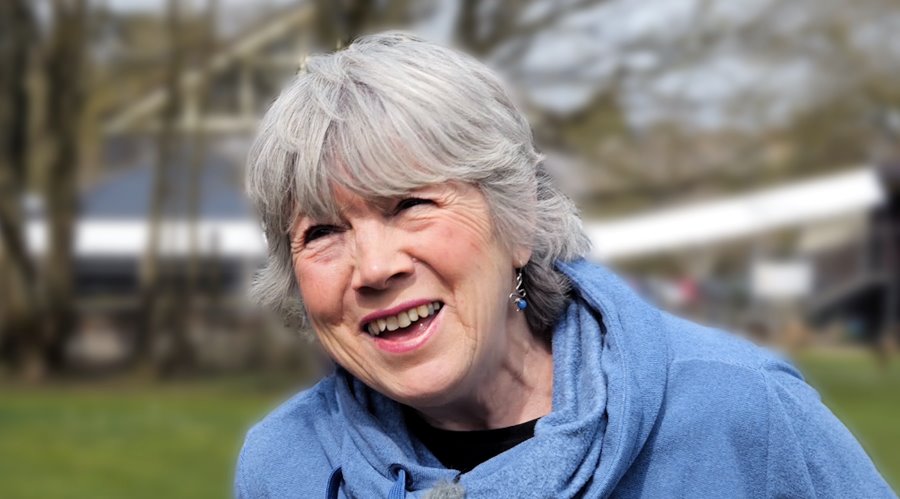
“We were all going into Stroud technical college for various courses and we had to catch the train at seven in the morning. At the station in Kemble we used to play with all the porters’ trolleys. We used to wheel each other around; whizzing around, racing around the station. It sounds childish but we were young and just having a bit of fun.”
The branch at war
Syd Mosdell remembers a night service to Tetbury in WWII
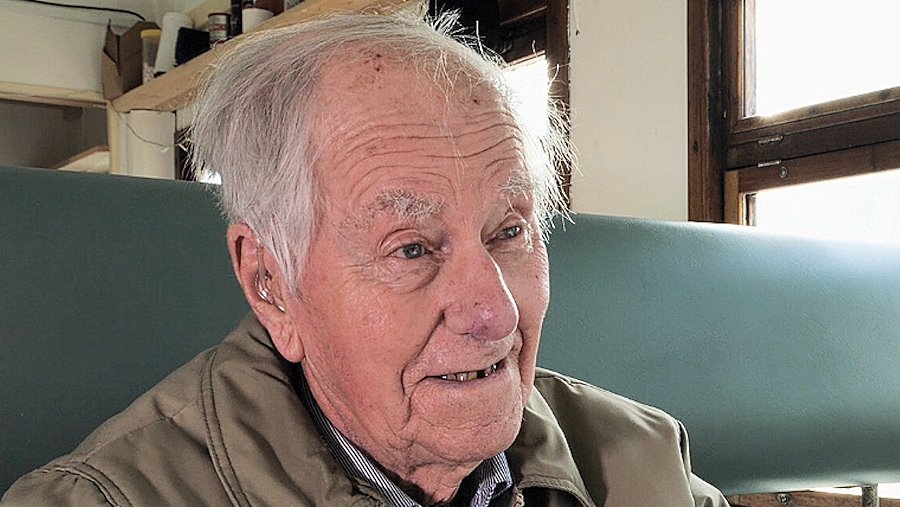
“We’d been to Gloucester on the train and were sitting in the carriage at Kemble waiting to leave for Tetbury. Then the air raid siren went and they switched all the lights off. And we sat on the train in the dark for three hours. And when they put the light back on I had contracted German measles. Apparently I had a rash and was all hot and bothered, and the chap next to me moved away a bit”
Competition from buses and cars
Sadly with the increase in affordable road transport after the interwar years, the train became less and less necessary. In 1959 the last steam train ran and was replaced by a smaller diesel railbus.
There was a reasonably good service until 1963, when Transport Secretary Dr Beeching decided to close the line.
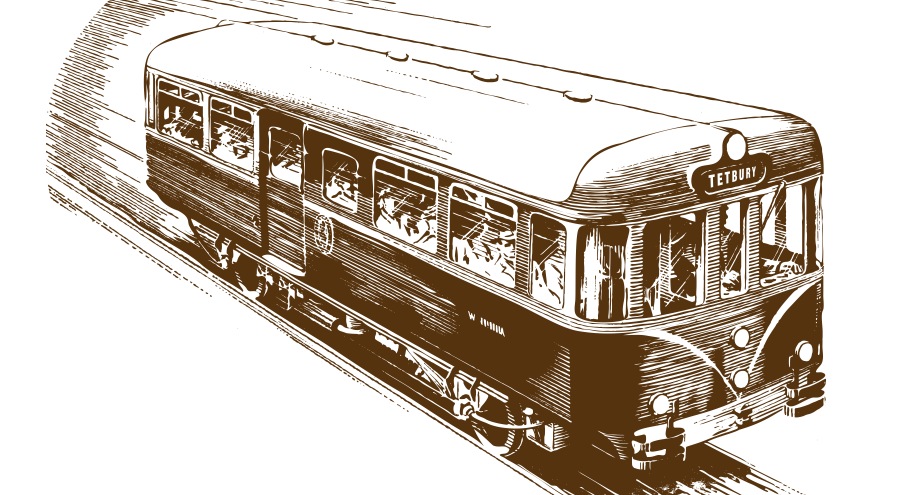
Living next to the station as a boy, Stephen Randolph even got to drive the railbus
“It was something very special to have trains running at the bottom of the garden quite literally. The train crews were very well-known to their passengers. We invited the driver and the guard to come and have tea and cake with us.
As a result we got invited on board to have a trip back up the line. During that time the driver said, ‘Would you like to have a go at driving?’ Unofficially of course, and something you can’t imagine happening these days.”
1964 -The end of the line
The last train ran in April 1964 and was not without incident. At Trouble House a coffin full of empty bottles was taken on board and sent to Dr Beeching at Transport House.
When the very last train into Tetbury ran that evening, straw bales were set alight on the track, bringing the train to a halt not once but twice..
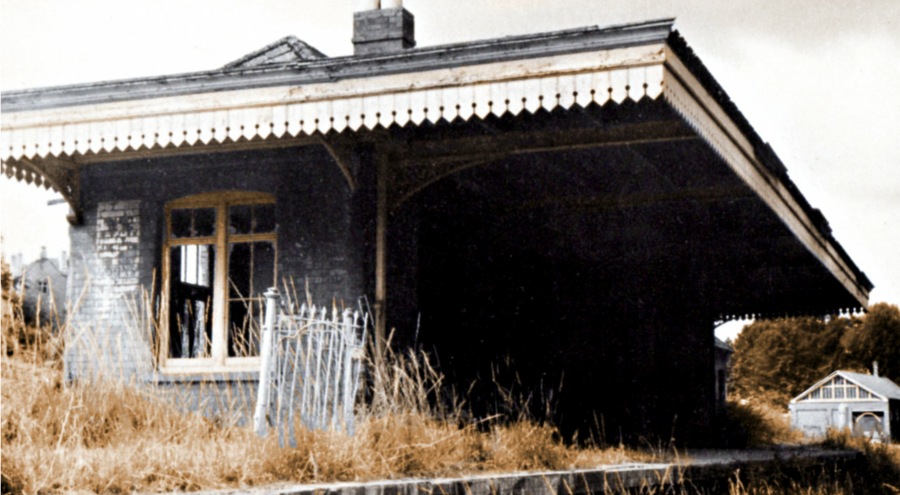
When the last steam-hauled train left Tetbury, Will Cook was on it
“I remember coming home from school one day and mum saying, “We’re off on the last train, last steam train out of Tetbury”. We were all excited and banged on the door of my next-door neighbour to come as well. And we all came down here and it was a real celebration: we really enjoyed doing it.”
The Heritage Lottery Project
The Tetbury branch line memories project was carried out in 2019 by Tetbury Rail Lands Regeneration Trust with financial support from the National Lottery Heritage Fund

